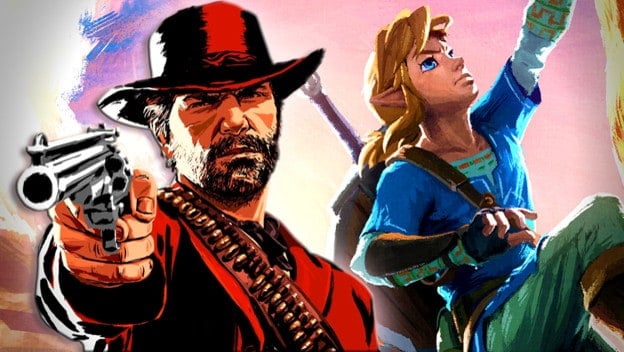Open world games sure are popular, and there’s a reason for that. They provide unrivaled freedom to the players and can be a good way to goof off in an expansive world. The year’s biggest games, for a few years now, tend to feature an open world. Some of these games can be absolutely fantastic.
Of course, the design doesn’t always click with everyone and there are a few hurdles consistent in these games that can be a stumbling point for some. Here are five ways that open world games can fail to satisfy the player.
Empty Worlds

The promise of open world games is that they give players a huge setting to explore. Unfortunately, it is difficult for developers to populate large parts of these worlds and big chunks of land are visually uninteresting with very little to do. Most of the open world are simply things to walk through when you’re going from point A to point B. Sure, games can occasionally surprise you and there are some random encounters that provide excitement, but these are few and far between. The mere promise of stumbling across something cool isn’t always enough.
Follow the Waypoint
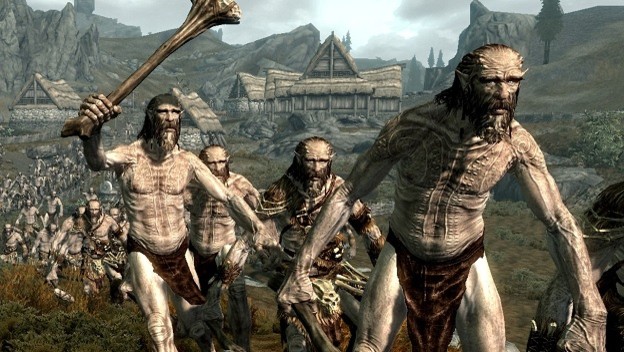
Open world games generally provide direction to their players through waypoints. Markers appear on a map detailing the location of quests or destinations, you choose one, and you follow these markers across the map. Fast travel is often an option and, in the end, the experience mostly amounts to a series of very straight lines across a wasteland.
Compromised Stories
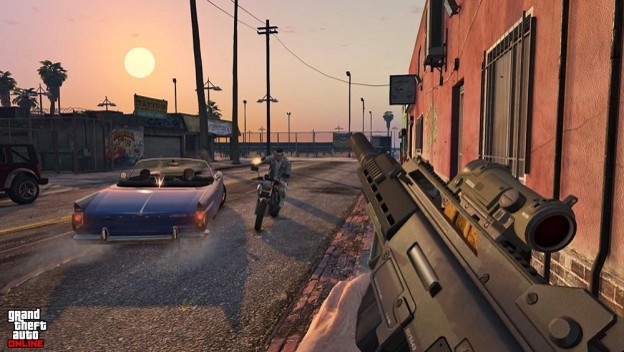
The quests and freedom in an open world game are often heavy detractors from the story. Sometimes the fun is in sewing chaos, but rarely does this align with the character’s motivation. Beyond that, sidequests are often pretty menial in the face of saving the world, so they don’t always make sense from a narrative standpoint.
At its worst, sidequests end up being the priority in the game design. This is okay when the sidequests manage to enhance the setting or deepen the lore, but sometimes it’s just a bunch of chores that don’t make sense to pursue.
Glitches
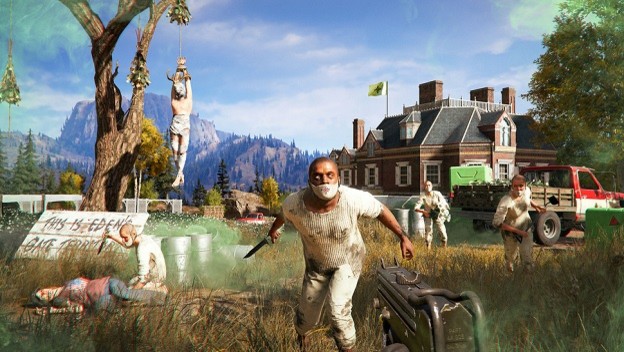
Player freedom is often a difficult thing for developers to account for and this can result in a slew of glitches. I can only imagine how much fun playtesters have early on trying to break the games, but it seems that finding all the flaws is an impossible task.
For example, Just Cause 4 was surprisingly bad at accounting for all the different approaches I could take. In the big, open world, glitches were one of the hardest foes for me to overcome. Not only can these be immersion breaking, but having to reload a save is just not fun.
Collectibles as a Proxy for Gameplay
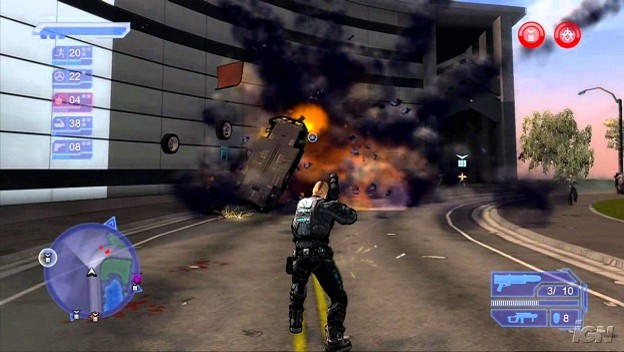
I’m stealing this phrase from fellow writer, Lucas White, because I think it is well put. Frequently, open world games artificially inflate their playtime with a wealth of collectibles for players to pursue. My favorite instance in this is in The Legend of elda: Breath of the Wild . I won’t spoil it, but a rather long quest charges players with collecting a series of items only to be rewarded with… well… an elaborate troll. Even when it isn’t as flagrant as this, open world games will put a focus on collecting because it feels like progress when, really, you are often just checking off items on a list with no real challenge.
Perhaps there’s a presence of bragging rights in collecting all of these, but how often are these actually fun? Thankfully, things like this are often not part of the main campaign, so they can be ignored. They do, however, take development resources and don’t really add that much to the game. Sometimes it feels like a lot of stuff is added just so companies can brag about the scope of the game, even when it lacks depth.
